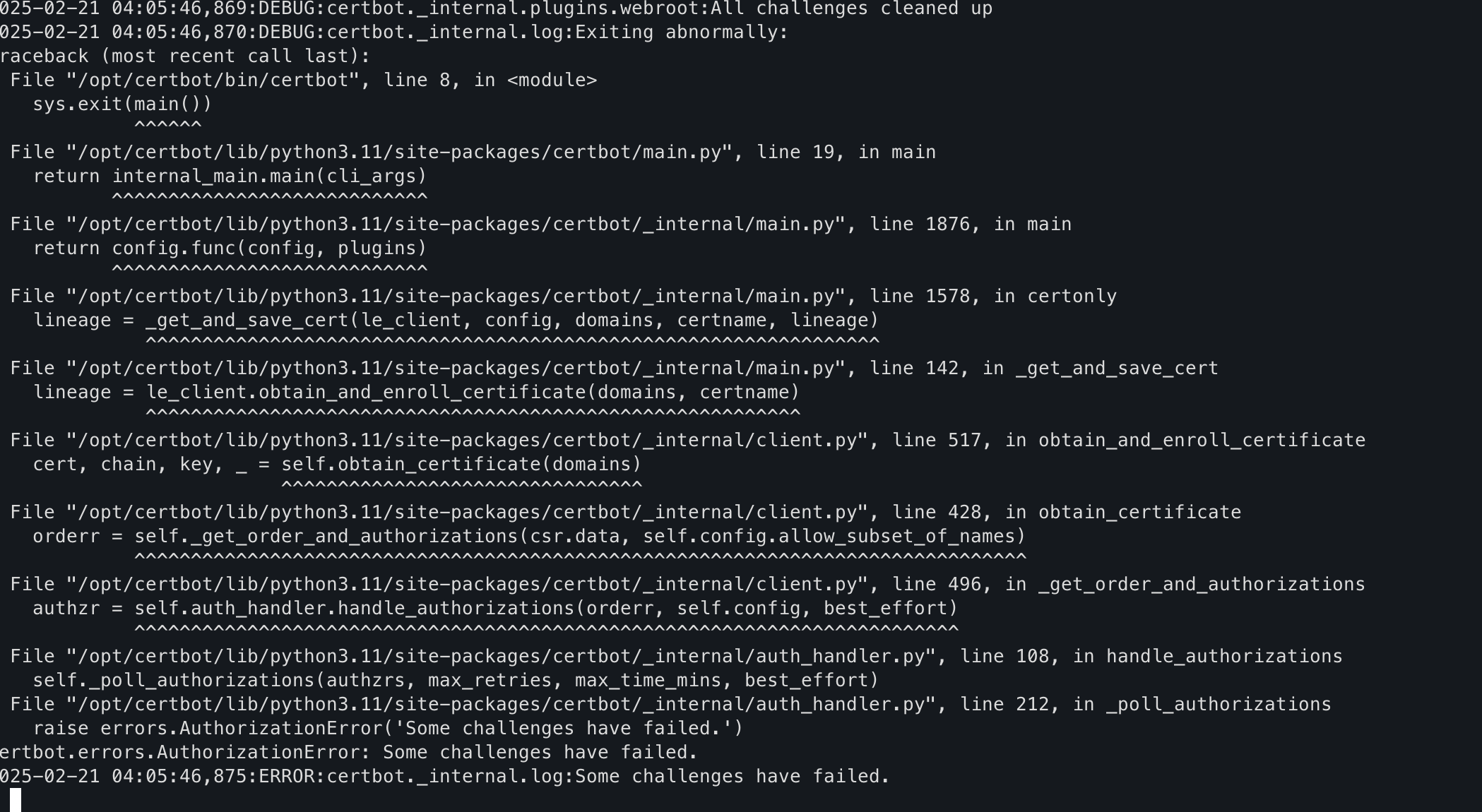Virtualization and containerization are both techniques used to manage and deploy applications efficiently, but they differ in their approaches and level of abstraction.
Virtualization:
- Overview: Virtualization involves creating a virtual version of hardware or an entire computer system, allowing multiple operating systems to run on a single physical machine.
- Hypervisor: It uses a hypervisor, which is a software or firmware layer that emulates hardware and manages virtual machines (VMs).
- Resource Overhead: Virtualization generally has higher resource overhead due to the need for multiple operating system instances and the hypervisor layer.
- Isolation: VMs provide strong isolation, as each VM has its own OS and dedicated resources.
Containerization:
- Overview: Containerization, on the other hand, involves encapsulating an application and its dependencies into a container, which runs on a shared operating system kernel.
- Container Engine: Containers are managed by a container engine, such as Docker or Kubernetes, which provides a lightweight and portable environment.
- Resource Efficiency: Containerization is more resource-efficient since containers share the host OS kernel and require fewer resources than VMs.
- Isolation: Containers offer a level of isolation, but it is not as strong as VMs, as they share the OS kernel.
Comparison:
- Resource Efficiency: Containers are more lightweight and start faster than VMs, making them more suitable for microservices architectures and dynamic scaling.
- Isolation vs. Performance: If strong isolation is crucial, as in the case of running multiple operating systems, virtualization might be preferable. If performance and resource efficiency are top priorities, containers are a better choice.
- Use Cases: Virtualization is often used for running legacy applications and different OS environments, while containerization is popular for modern, cloud-native applications.
- Economic Perspective: Containerization tends to be more cost-effective due to its resource efficiency and faster deployment times.
In conclusion, understanding the nuances between virtualization and containerization is crucial for making informed decisions based on specific use cases, performance requirements, and economic considerations.
Discover more from Susiloharjo
Subscribe to get the latest posts sent to your email.





